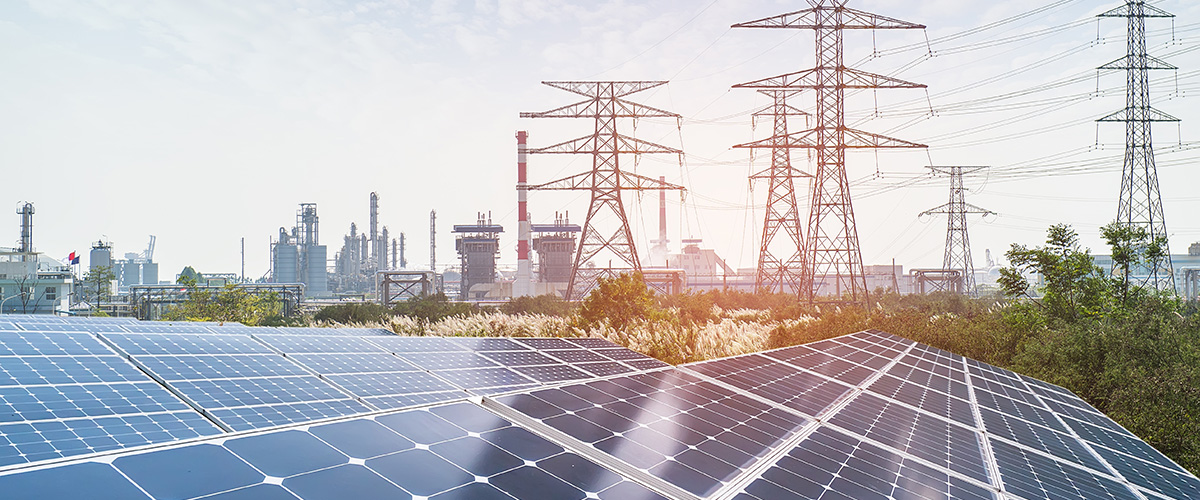Most people have heard about the energy crisis around the world but what does it mean for the future? Let’s look at experts’ forecasts and break down this topic.
Soaring energy prices, supply insecurity and climate change concerns are accelerating the trend towards cleaner energy. These issues are causing governments to make the clean energy transition a priority and leading them to make policy initiatives to achieve this.
Countries across the globe are increasingly committing to Net Zero 2050 – which is a scenario in the energy sector to achieve net zero carbon dioxide emissions by 2050. A lofty goal and one that will take many changes, but the current energy crisis is pushing this goal forward with more investments in renewable energy.
Experts say electricity demand will increase in the future as we move away from oil and gas and into a more electrified world. Currently, about 28% of global electricity is generated by renewables, with hydropower being the largest source. China is currently leading the charge in installed wind and solar capacity for electricity renewables. The U.S. and India following their efforts at a distance, adding solar capacity.
So, what about oil and gas? Experts say the oil and gas markets for the next decade will continue to decline as the energy mix increasingly favors renewable. Prices will continue to decline as experts believe we are at the peak of oil and gas demand is now.
Looking For a FREE Quote?
Obtaining a free Trade Credit Insurance quote or just some more information is fast and easy! Get in touch with us today.
Get StartedOf course, there is a long way to go for energy transition – currently, global carbon dioxide emissions are high, and the trend is flat. Getting to net zero will require much effort and investment. But the Russian-Ukraine war, the subsequent energy crisis and climate change have definitely brought the issue to the forefront and ripe for action.

